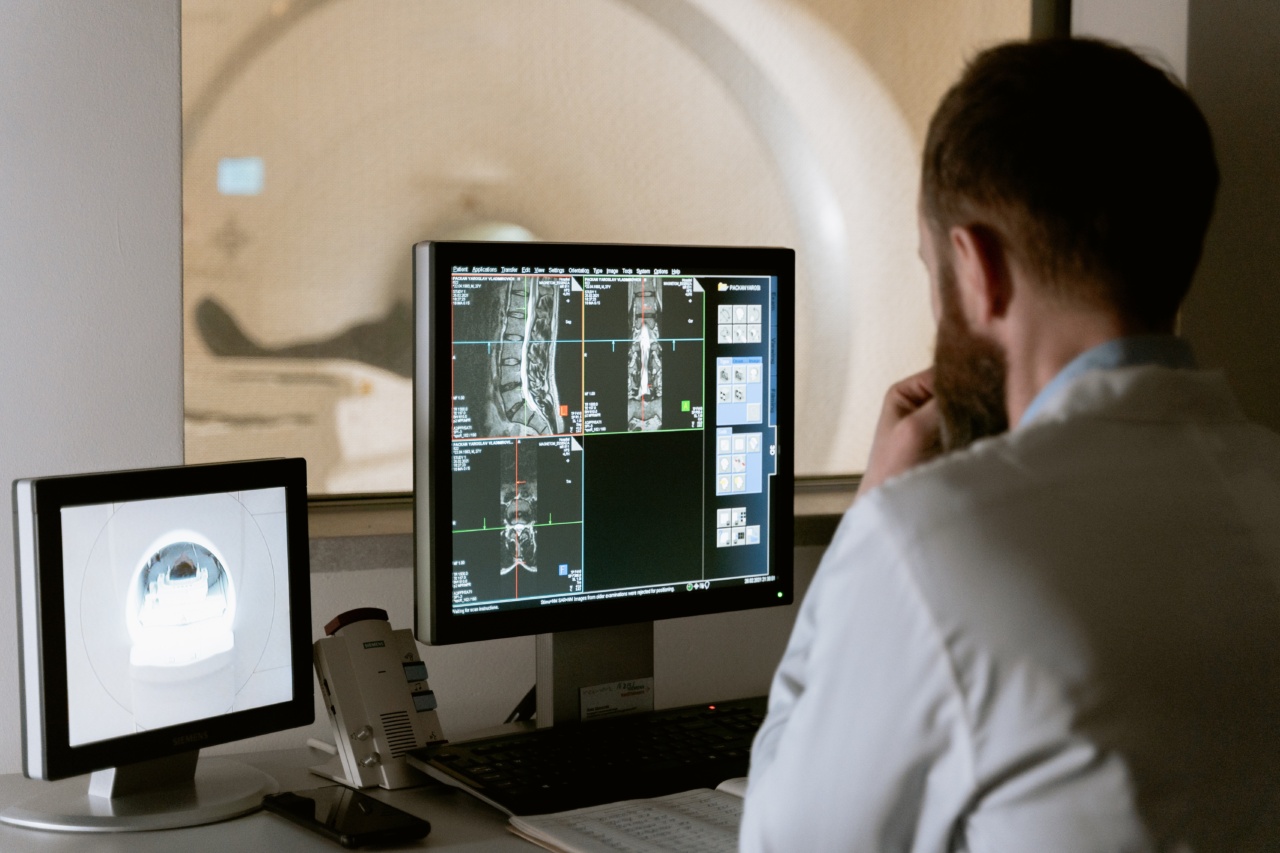Fractures, especially in older adults, are a growing concern in today’s society. As we age, our bone density decreases, making us more susceptible to fractures.
Assessing our fracture risk is crucial to taking the necessary preventive measures and maintaining a healthy lifestyle. One useful tool for determining fracture risk is the single-dimensional support test.
The importance of assessing fracture risk
Fractures can have long-lasting consequences, especially in older individuals. They often lead to decreased mobility, chronic pain, and a loss of independence.
Assessing fracture risk allows individuals and healthcare professionals to develop tailored prevention strategies, such as exercise programs, medication interventions, and lifestyle changes.
What is the single-dimensional support test?
The single-dimensional support test is a simple yet informative assessment that can estimate fracture risk. It involves standing on one leg, monitoring balance, and observing the individual’s ability to maintain their position.
By focusing on one leg at a time, this test highlights any deficiencies in balance and stability, which are essential for preventing falls and subsequent fractures.
Procedure for the single-dimensional support test
The procedure for the single-dimensional support test is straightforward:.
- Find a clear space that allows for balance and freedom of movement.
- Stand on one leg, ensuring the non-supporting leg is slightly raised.
- Hold the position for as long as possible while maintaining balance.
- Repeat the test on the other leg.
Interpreting the results
The single-dimensional support test provides valuable information about an individual’s fracture risk based on several factors:.
- Balance and stability: The ability to maintain equilibrium during the test is a crucial indicator of overall balance and stability. Individuals who struggle to hold the position for an extended period may be more at risk for falls and fractures.
- Muscle strength: The test also reveals the strength of the supporting leg muscles. Weaker muscles may contribute to diminished balance and coordination, ultimately increasing the likelihood of fractures.
- Bone density: Although not assessed directly in this test, individuals with poor bone density may be more prone to fractures. The test indirectly captures this risk by highlighting any balance and coordination issues.
Preventing fractures through targeted interventions
Once an individual’s fracture risk is assessed using the single-dimensional support test, preventative measures can be implemented to reduce their chances of experiencing fractures. Some interventions to consider may include:.
- Exercise programs: Regular physical activity, particularly those focused on improving balance, strength, and coordination, can be beneficial in preventing falls and fractures.
- Nutritional changes: A diet rich in calcium and vitamin D supports optimal bone health and reduces fracture risk.
- Medications: In some cases, healthcare professionals may prescribe medications to improve bone density and reduce fracture risk.
- Environmental modifications: Making changes to the home environment, such as installing handrails and removing tripping hazards, can significantly decrease the likelihood of falls and fractures.
The role of healthcare providers
Healthcare providers play a crucial role in assessing fracture risk and guiding individuals towards appropriate interventions.
By incorporating the single-dimensional support test into routine check-ups, doctors and other healthcare professionals can identify patients who may be at a higher risk of fractures and provide targeted advice.
Conclusion
Fractures, particularly in older adults, can have severe consequences on individuals’ well-being and independence.
Assessing fracture risk is essential for implementing appropriate preventive measures and reducing the chances of falls and fractures. The single-dimensional support test provides a simple and effective way to estimate fracture risk by assessing balance, stability, and muscle strength.
By identifying individuals at risk, healthcare providers can guide patients towards interventions like exercise programs, nutritional changes, medication usage, and environmental modifications to promote healthy aging and fracture prevention.





























